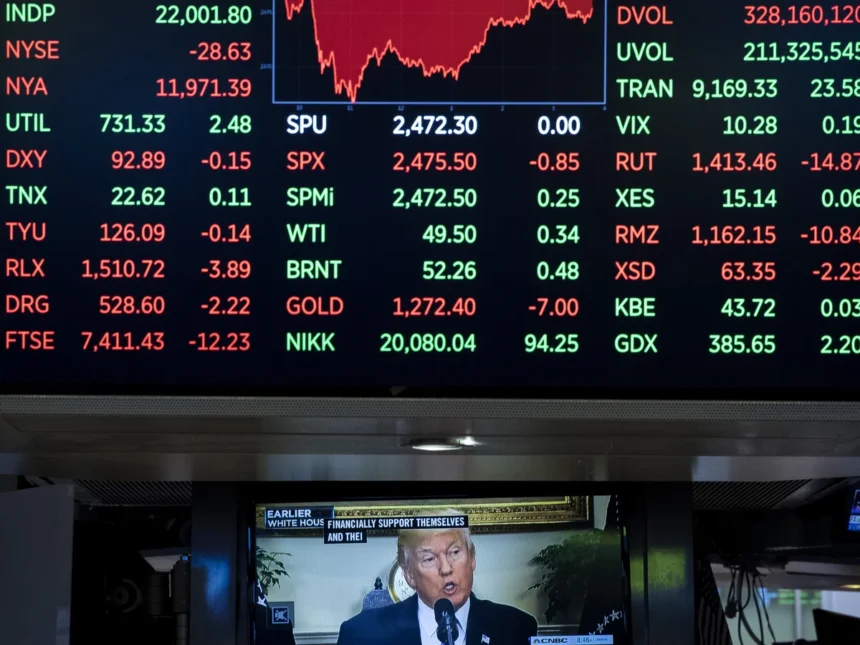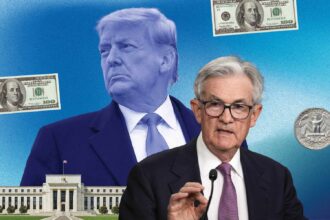As the world navigates a period of geopolitical uncertainty, rising interest rates, and rapid technological transformation, the global economy by the end of 2025 is expected to reflect a mixture of resilience and volatility. Several key factors will shape the trajectory of markets, growth, inflation, and trade.
1. Slower but Stabilized Growth
Global GDP growth is forecasted to moderate compared to the post-pandemic rebound years. While advanced economies may see slower growth, many emerging markets—particularly in Asia, Africa, and Latin America—are expected to expand at a healthier pace. China and India will continue to lead emerging growth, although China’s recovery remains uneven.
2. Interest Rates and Inflation
Major central banks, including the U.S. Federal Reserve and the European Central Bank, are expected to maintain a cautious approach toward rate cuts. Inflationary pressures are expected to ease compared to 2022–2023 levels, but core inflation could remain slightly above target in many countries, especially where wage growth is strong or supply chains are still rebalancing.
3. Energy and Commodity Volatility
The ongoing Middle East tensions, along with Russia-Ukraine disruptions, may keep energy markets volatile. Oil prices could remain above average, particularly if supply shocks worsen. This could impact inflation and consumer spending in energy-dependent nations, while boosting revenues in oil-exporting countries.
4. Global Trade and Supply Chains
While globalization isn’t reversing, it is shifting. Expect a stronger emphasis on regional trade blocs, nearshoring, and economic alliances. Countries are investing more in securing critical supply chains—especially in sectors like semiconductors, defense, pharmaceuticals, and clean energy.
5. Technology and AI Investment Boom
Artificial intelligence and digital infrastructure are likely to drive a new wave of investment. From financial services to manufacturing and logistics, AI is being rapidly adopted. By late 2025, this could begin yielding significant productivity gains, especially in developed economies and digitally advanced emerging markets.
6. Debt and Fiscal Pressures
Many countries, especially in the West, are facing higher debt-servicing costs. Governments will be under pressure to balance fiscal responsibility with social spending, green transitions, and defense budgets. This may lead to tighter budgets or tax policy reforms in some nations.
7. Political and Geopolitical Risks
Major elections, ongoing conflicts, and rising nationalism will continue to pose risks. The U.S. presidential election outcome, the future of NATO, and China-Taiwan relations will be key geopolitical flashpoints to monitor.
Summary
By the end of 2025, expect a world economy marked by cautious optimism. While headwinds remain—from inflation and war to political uncertainty—the global system is adapting. Businesses and governments will need to stay agile, diversify strategies, and prepare for a landscape where economic resilience is increasingly linked to innovation, cooperation, and strategic foresight.














